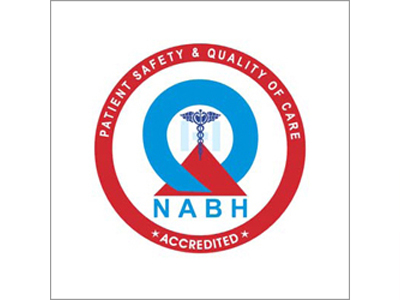In a new study from LVPEI, Drs Swathi Kaliki, Radhika Manukonda, and others analysed genetic biomarkers from serum extracellular vesicles of retinoblastoma patients with treatment resistance versus those in complete remission. They identified a broad spectrum of dysregulated genes that can be used as diagnostic markers of treatment resistance in retinal cancer.
Treating cancer is an uphill struggle. Established treatment lines run into the tenacious problem of treatment resistance (TR), where the cancer stops responding to therapy. Cancers of the retina or retinoblastoma can also recur after chemotherapy. Factors such as age, inward-growing tumours, and tumour size can increase the risk of treatment resistance. However, finding a way to predict TR in retinoblastoma has been a challenge. Malignant retinal tissue is difficult to access, which makes collecting a biopsy sample a tricky and invasive affair. An accessible biological molecule or ‘biomarker’ that can be used to predict TR would be a game-changer for retinoblastoma diagnosis.
Specific genes that have altered expression in patients with retinoblastoma are excellent biomarkers for TR prediction. RNA, genetic material derived from DNA, can be used to quantify how much a biomarker gene is being expressed, which can then be used to find signs of TR in retinoblastoma. Outside cells, RNA is often carried inside extracellular vesicles (EVs), which are microscopic lipid sacs that ferry molecular cargo between cells. Because EVs are cell-agnostic, they diligently perform their duties even between malignant cells. Such RNA-containing EVs are found floating in the serum and can be collected via a blood sample, making them a promising avenue for cancer diagnosis.
In a new experimental study published in the journal Investigative Ophthalmology & Visual Science, Drs Swathi Kaliki, Radhika Manukonda, and others from LVPEI analysed serum EVs (sEVs) from two active retinoblastoma patients with treatment resistance (RB-TR) versus one patient with completely regressed retinoblastoma (CR-RB) with no recurrence in over 20 years, to identify biomarkers for TR. Age-matched healthy individuals (2 children and 1 adult) with no retinal disease were used as controls.
Analysis of the sEV transcriptome showed that 491 genes were aberrantly expressed in RB-TR patients compared to healthy controls. Among them, the expression of 273 genes was abnormally high (over 2-fold change) and that of 218 genes was abnormally low (over 2-fold reduction). Many of the dysregulated genes play a key role in cellular metabolism, DNA repair, immune response, and programmed death of defective cells (apoptosis), which explains why they are dysregulated in cancer. Many of the dysregulated genes also included microRNAs (miRNAs), a type of RNA that works like a molecular switch, regulating which of our genes are turned on or off. This is an interesting finding because other studies have also noted the link between abnormal miRNA and TR in cancer. In contrast, only 184 genes were dysregulated in the CR-RB patient (83 over-expressed and 101 under-expressed). This study explores sEV analysis using a non-invasive, liquid biopsy as a new avenue for retinoblastoma diagnosis, especially for those with TR. Further research on this topic will help deepen our understanding of this novel approach.
‘Liquid biopsy is an emerging technology in ocular oncology,’ remarks Dr Swathi Kaliki, head of Operation Eyesight Universal Institute for Eye Cancer at LVPEI, and the corresponding author of this paper. ‘This study shows that serum extracellular vesicles can serve as a potential source of liquid biopsy, a diagnostic and prognostic tool, in retinoblastoma.’
Citation
Manukonda R, Jakati S, Attem J, Mishra DK, Mocherla TR, Reddy MM, et al. Identifying treatment resistance related pathways by analyzing serum extracellular vesicles of patients with resistant versus regressed retinoblastoma. Invest Ophthalmol Vis Sci. 2023 Aug 1;64(11):26. doi: 10.1167/iovs.64.11.26.
Photo credit: White Reflex; by Mrittika Sen; #HopeInSight Photo Competition; CC BY 2.0.



